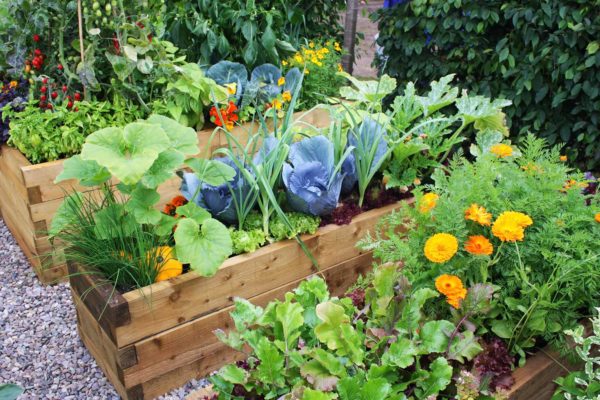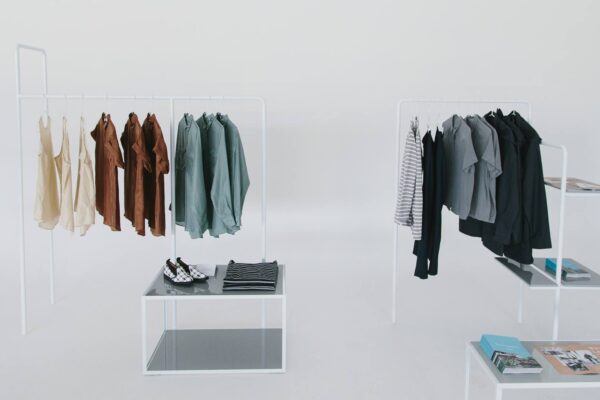Plastic Free July has arrived for another year and going plastic-free sounds like a daunting task right?
Plastic is everywhere. From water bottles to grocery bags to almost of all of our food, even bananas are wrapped in it these days! It’s no surprise that over the last ten years humans have produced more plastic than during the entirety of our history.
Australians discard nearly 10 billion pieces of single-use plastic a year – the majority of which ends up in landfill (only 12% of that’s recycled) and takes centuries to break down. If we continue at this rate, our oceans will be home to more plastic than fish by 2050.
They’re scary stats but it is within our power to help change them. Are you ready?

Plastic Free July 2021
Plastic Free July is a movement that started in Australia in 2011 by Rebecca Prinze Ruiz who wanted to start a simple community initiative to help her friends and coworkers reduce plastic. Ten years on it’s grown into a global movement that inspired an estimated 326 million participants in 177 countries.
You making a small change will collectively make a massive difference to our communities. You can choose to refuse single-use plastics in July (and beyond!). Best of all, being part of Plastic Free July will help you to find great alternatives that can become new habits forever.
We’re not in the business of perfection here, it’s more about reduction
Taking on the challenge is about assessing areas where you can reduce or even eliminate single-use plastic.
Over the past five years, we’ve shared dozens of articles offering practical tips to help you take on the challenge and I’ve compiled all the resources here in one place to make it easy for you.
Keep scrolling to see all the ways you can take part in Plastic Free July this year, no matter what stage of the plastic-free journey you’re at.
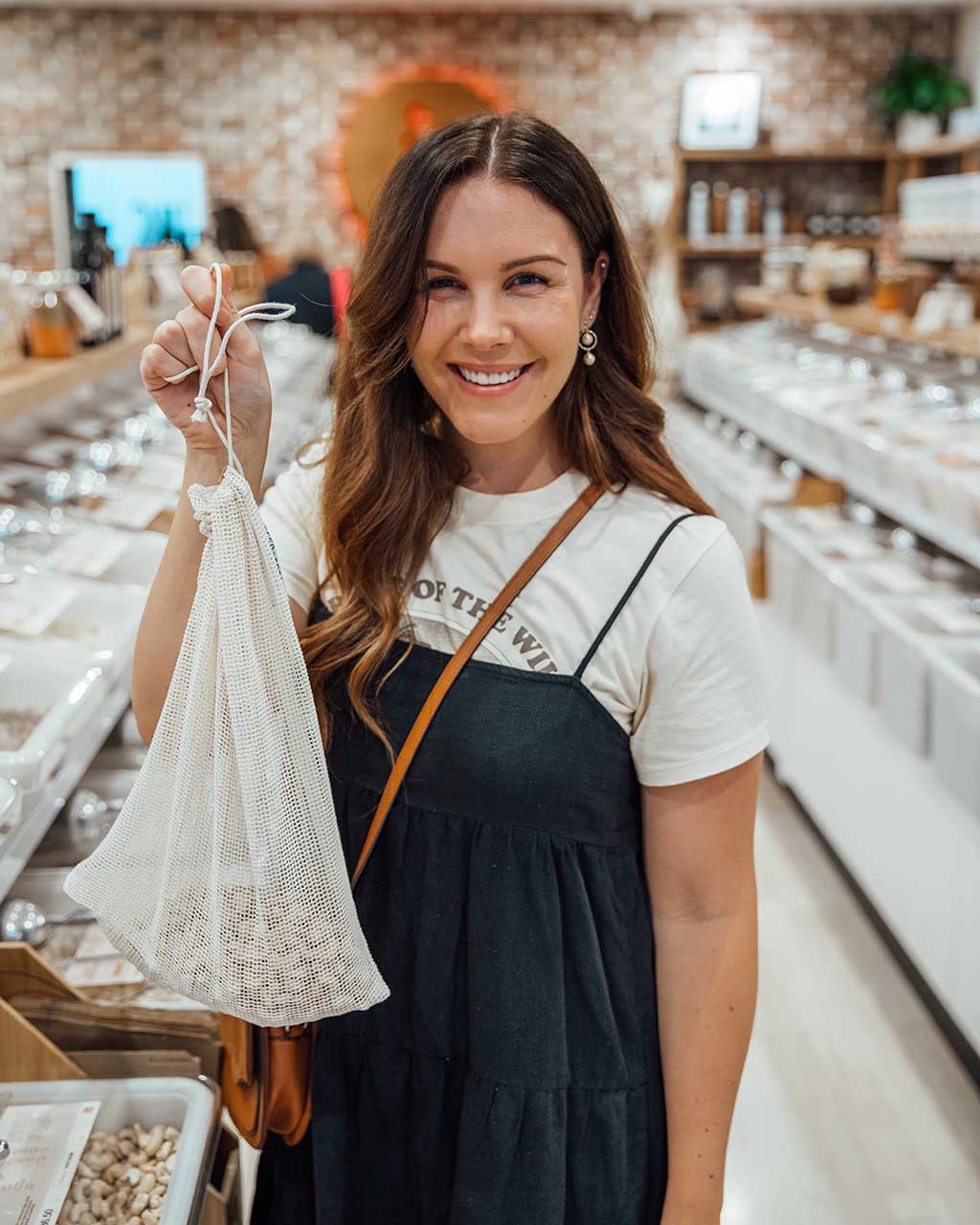
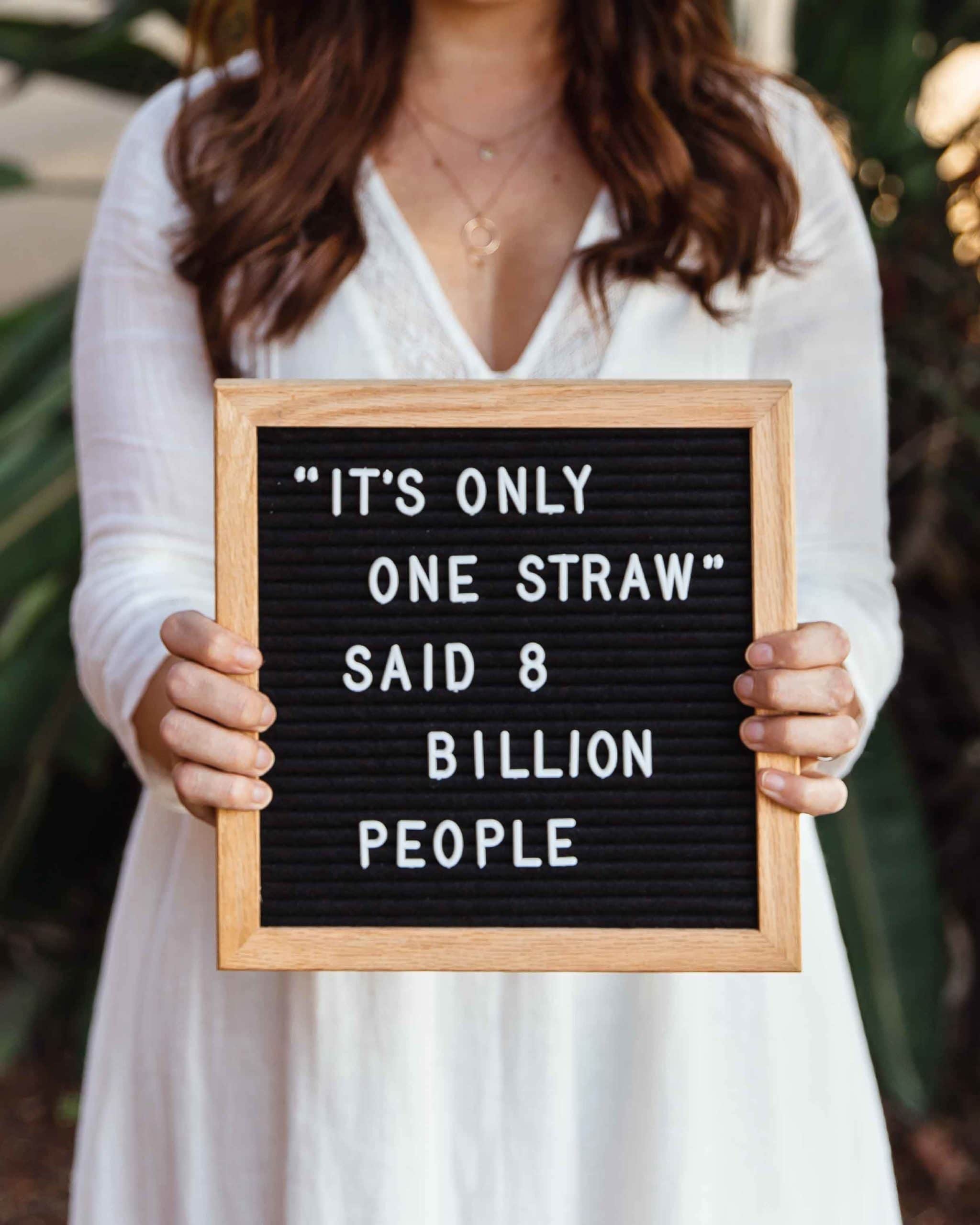
Tips for getting started
If you have no idea where to start, here are is a beginners guide to learning how to reduce plastic waste. Also, read this guide for some simple swaps and if you’re just time poor or a bit lazy then this guide is for you.
My personal favourite all-rounder is this one with 51 different ways you can reduce plastic, try one or try them all. They also link to some of my favourite products I’ve used over the years.
If you’ve already taken the first steps to reduce plastic an ready to level up check out these everyday items you might not know contain plastic and this great piece by Ethically Kate on how to take Plastic Free July to the next level.
And remember, going plastic-free or low waste won’t happen overnight – it’s a process.
It takes time and a little effort so don’t be too hard on yourself. Do the best you can with what you have available to you and in the process, you might just inspire the people around you to walk a little lighter on the planet as well.
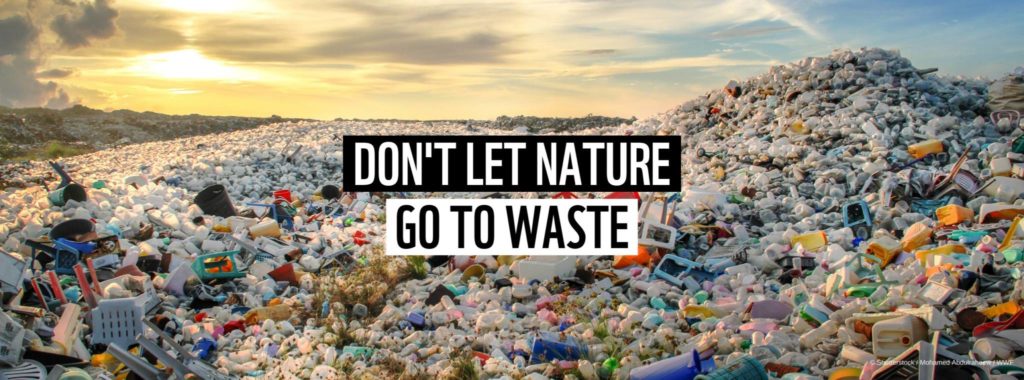
Image via WWF Australia
Ready to be inspired?
As I write this every major city in Australia has gone into lockdown and last year we were in a similar position, so here are some Plastic Free July challenges you do from home.
I always say knowledge is power so here are some resources to help you understand more about plastic pollution and be inspired by the people coming up with some creative solutions:
- Meet the women creating a floating school for adults to learn how to become eco-warriors
- Take 3 for the Sea and other awesome Aussie tackling plastic pollution
- Biodegradable plastic will soon be banned in Australia
- How 10 million Aussies are reducing plastic and trying zero waste living
- The plastic pollution podcast you need to listen to
- Clever inventions solving the plastic pollution crisis
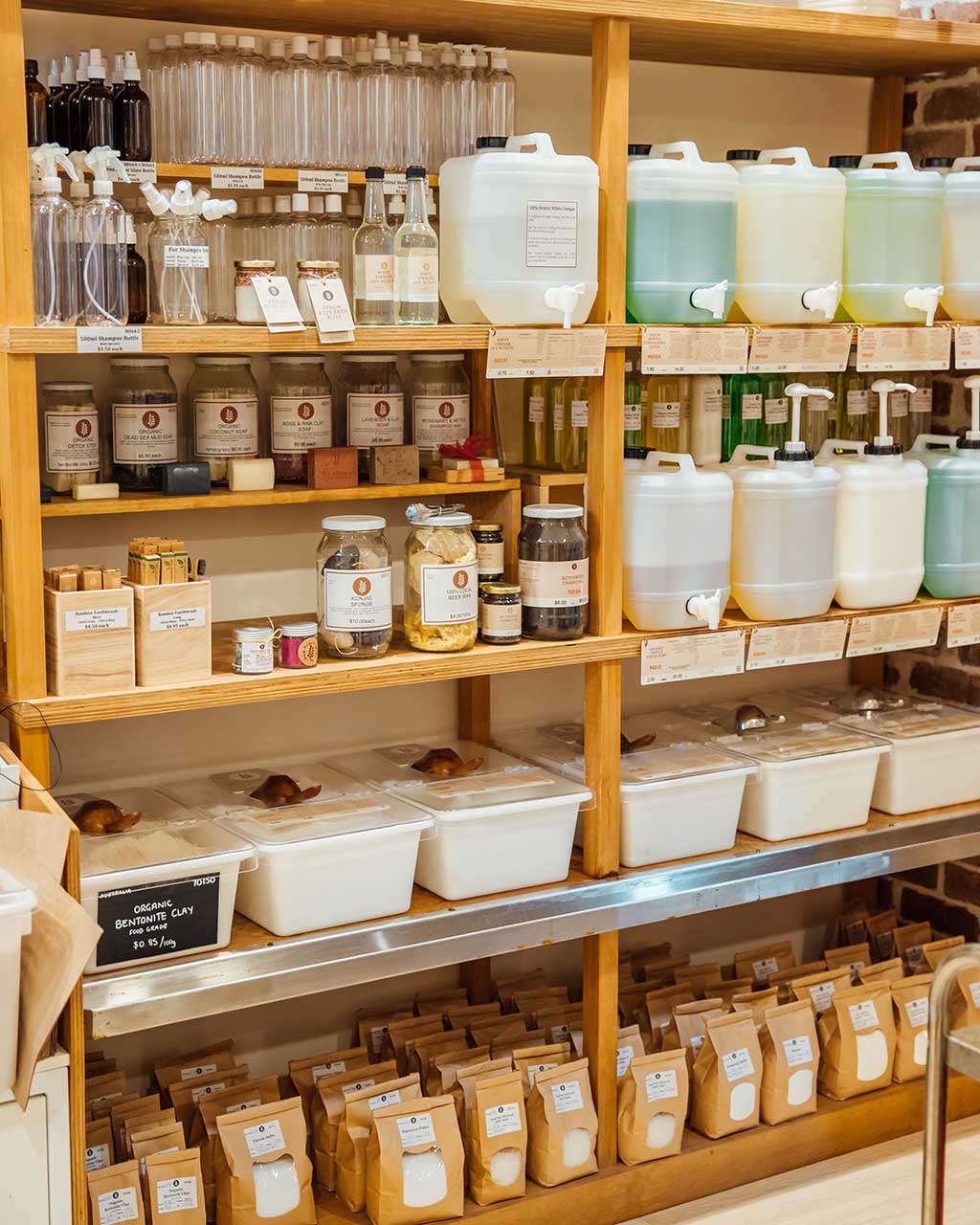
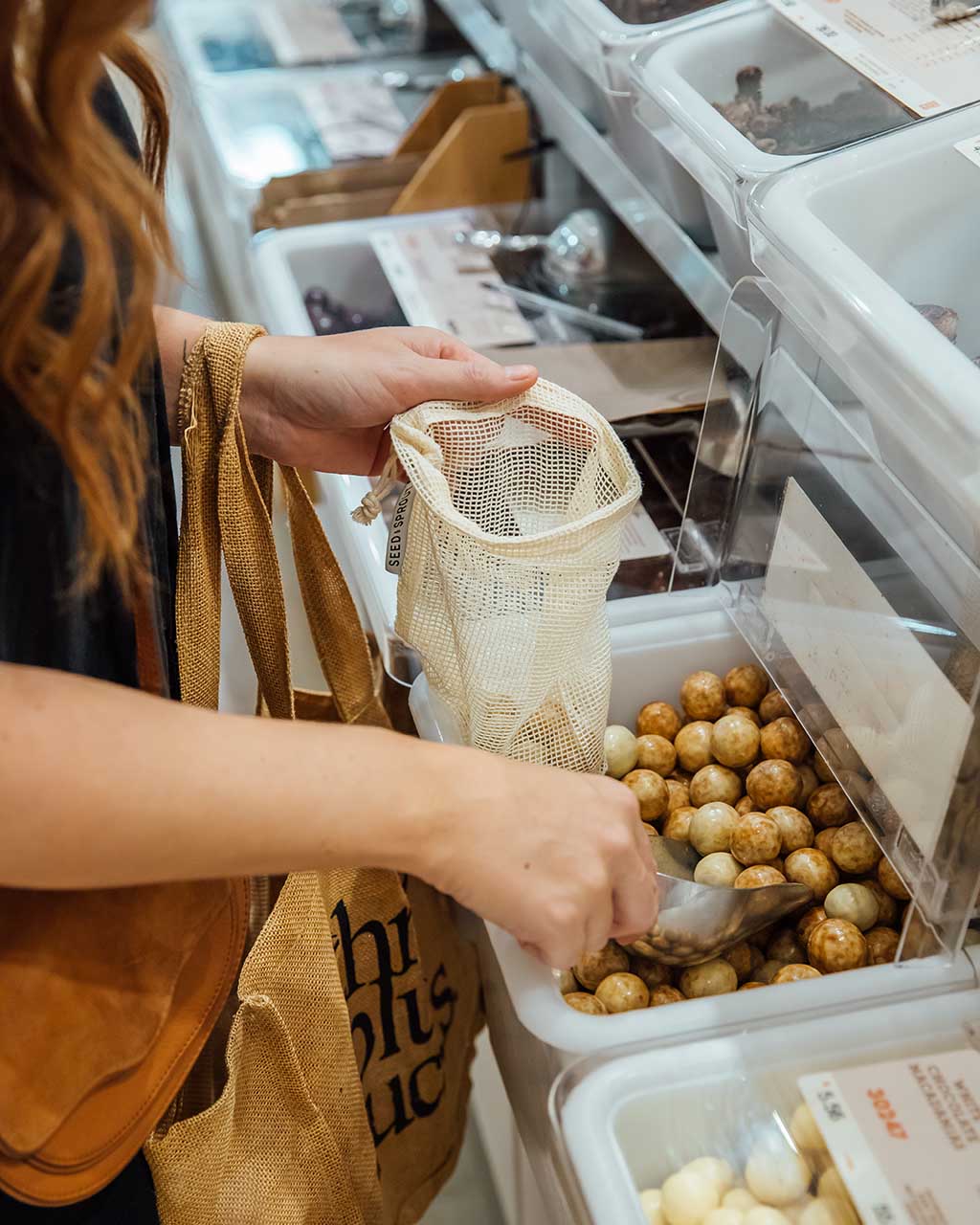
Brands and stores to help you reduce plastic
I always say use what you already have, but when you do need supplies, these are my picks for online stores to shop for reusables, food, and beauty to help you go plastic-free.
Check out our Brand Directory under ‘Plastic Free & Zero Waste” here. We also have some great discounts from some of these brands here.
Some special mentions
- Naked Asian Grocer is Australia’s first zero-waste Asian grocer bringing you Asian ingredients plastic-free
- Banish is a plastic-free marketplace and also offers an end-to-end solution for some of those hard-to-recycle household items
- Wander Lightly is a low-waste living store and a fantastic resource for learning different ways to reduce waste
These awesome Aussie food brands have made the switch to home compostable packaging. And these are my favourite alternative to cling-wrap. Cling wrap is a staple in most kitchens, and while it may save your sandwich, it’s also an environmental nightmare. Its such an easy swap to make!
“We don’t need a handful of people doing zero waste perfectly. We need millions of people doing it imperfectly.” – Anne-Marie Bonneau, Zero Waste Chef
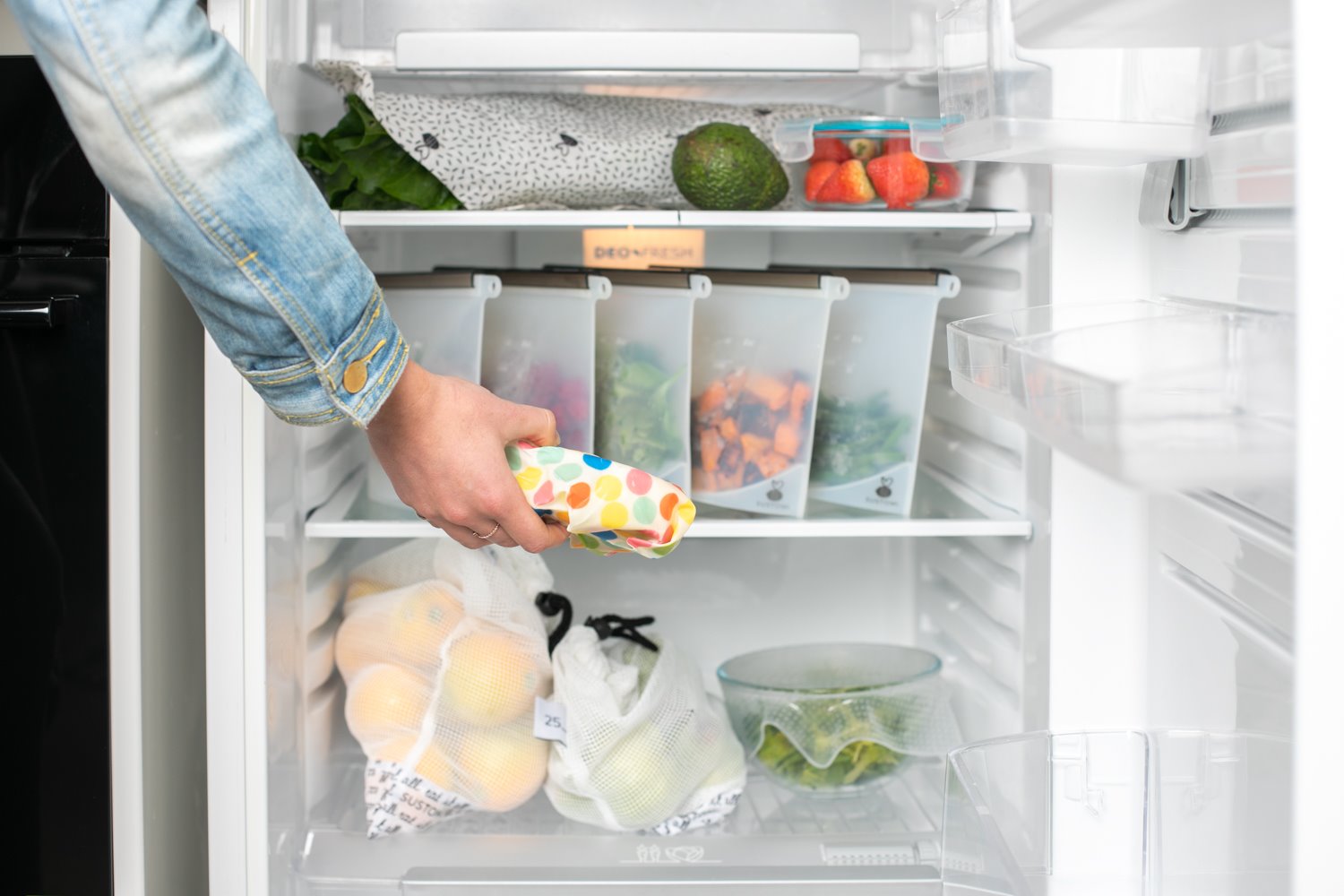
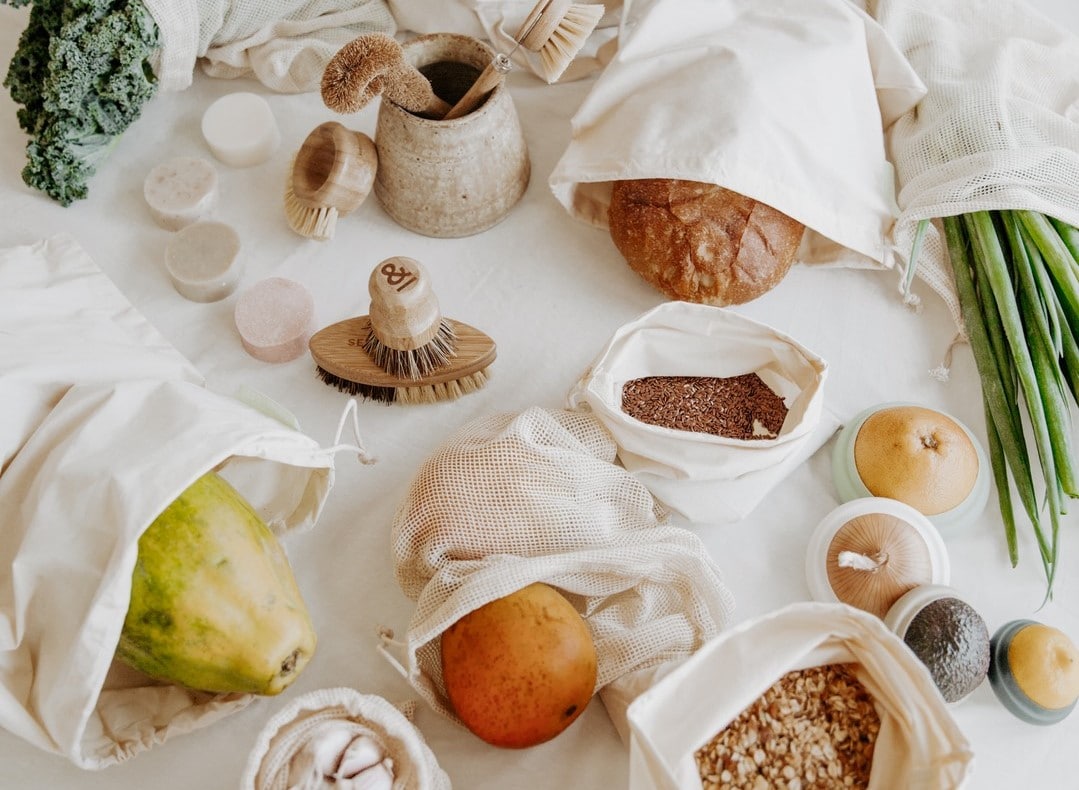
Plastic-free haircare, makeup and period products
- Check out these 22 affordable plastic-free beauty brands
- From shampoo to serum – low waste haircare
- Here are some great package free and natural makeup brands
- Sustainable hair removal – if you want to – in no way do I encourage the ridiculous pressures in society for females to be flawless and hairless
- Reusable period products – There is a whole world of alternative menstrual products out there, you just need to choose one that works for you
Ready to learn about plastic in fashion?
It’s a troubling fact considering micro plastics shedding from clothes are allegedly a huge issue to our health and oceans. As the world is now discovering, plastic is not the dream material everyone once thought.
“Australians buy an average of 27 kilograms of new textiles each year and then discard about 23 kilograms* into landfill – and two-thirds of those discards are manmade synthetic/plastic fibres that may never breakdown.” Textile Beat
Some great pieces we’ve published on plastic in fashion:
- What is microfiber pollution?
- 75% of new clothing is made from plastic and it’s not sustainable
- What is Rayon, Modal, and Tencel and are these fabrics eco-friendly?
- How do we solve the microfiber pollution mess?
- Getting to know your materials – which fabrics are the most sustainable?
The ethical and sustainable clothing brands that use natural and recycled fabrics
- 7 Brands who do gorgeous natural cotton knitwear
- 4 Aussie activewear brands helping clean up ocean plastic
- 7 Sustainable brands who do beautiful linen pieces
And a deep dive on whether plastic-free fashion is actually as clean and green as it seems.
We must reassess and change our attitudes towards our clothing and reform the whole lifecycle of our garments. This means making differently, buying less and buying second hand. It also means owning for longer, repurposing, remaking and mending.
And finally some great education resources
These are some of my favourite documentaries and books if you are feeling like you don’t know where to start or just want some inspiration.
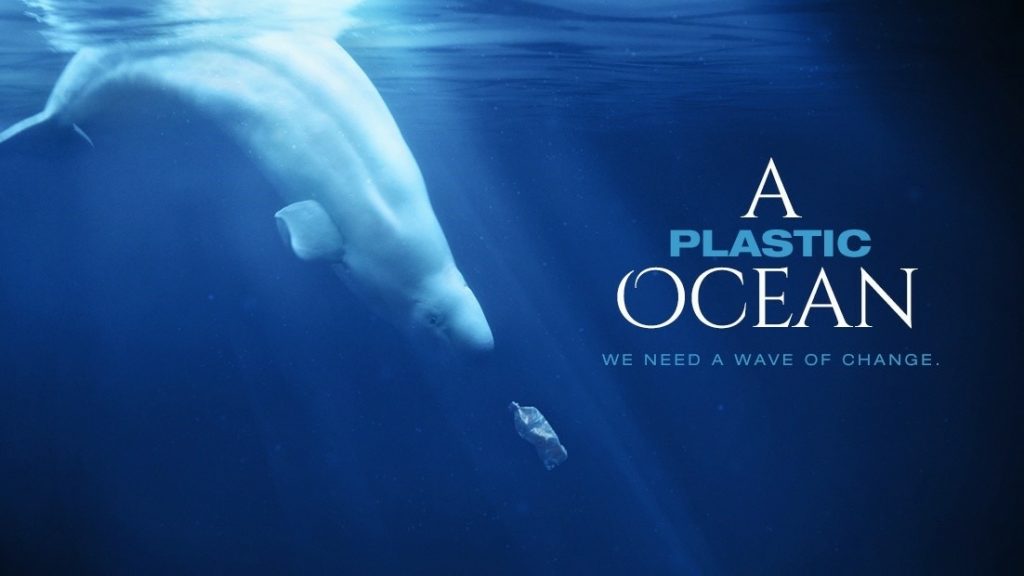
Books
- Plastic-Free – The Inspiring Story of a Global Environmental Movement
- A Zero waste Life and A Zero Waste Family
- I Quit Plastics
Documentaries
And remember, we can’t do everything but we can all do something.
Don’t let it overwhelm you. Start with one thing at a time, find what works for you, your family, your life, and. And most of all, know that your ordinary everyday actions will inspire and influence the people around you to try to make positive changes as well.
